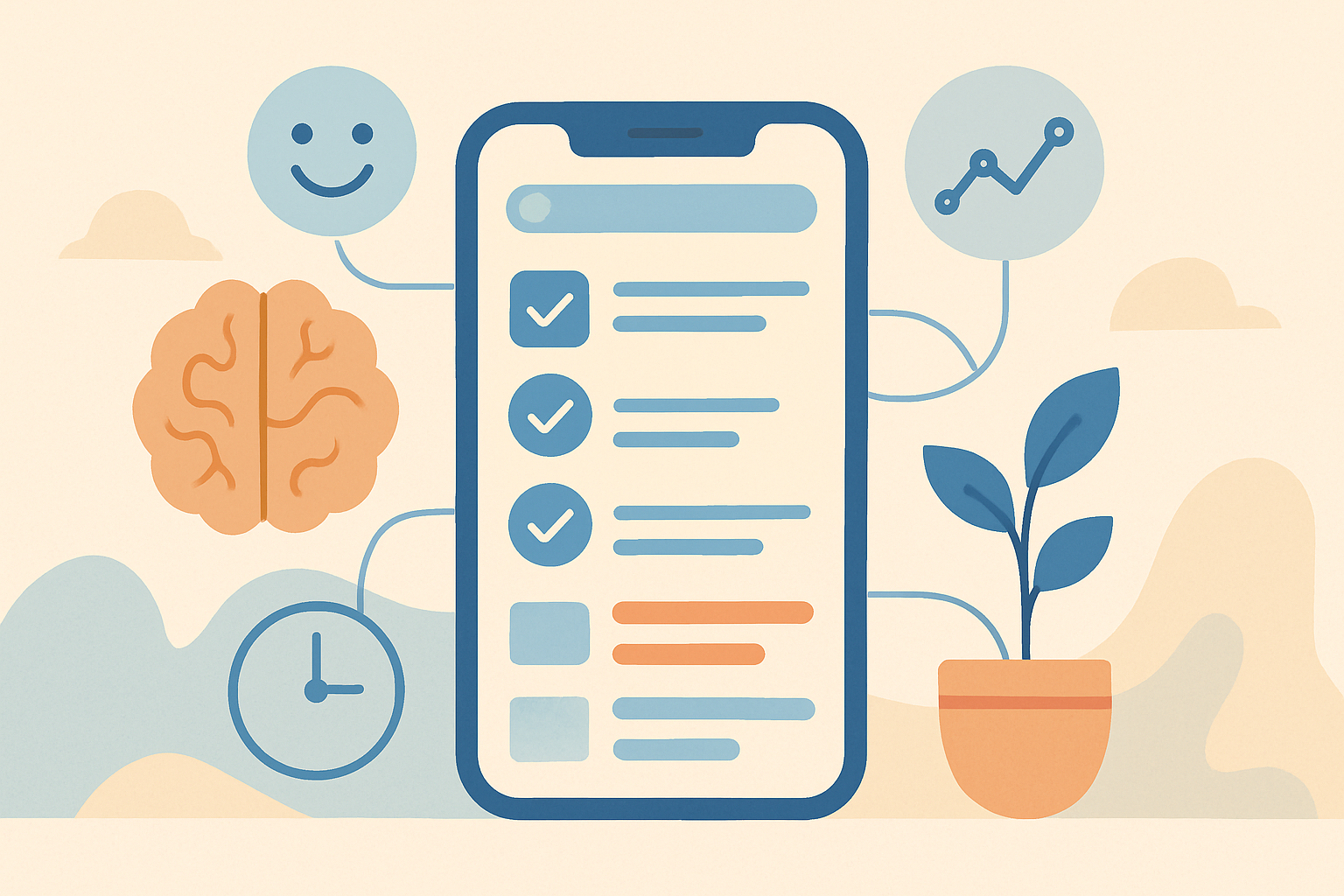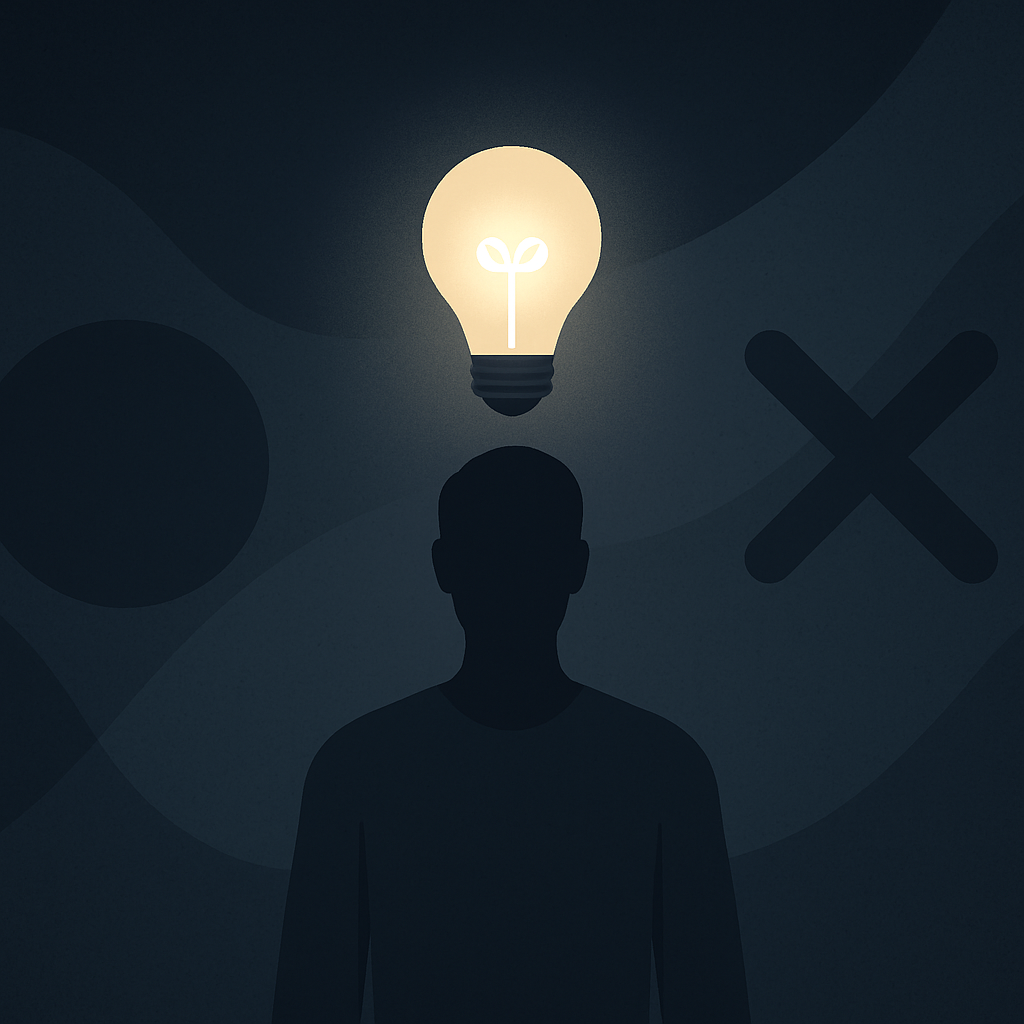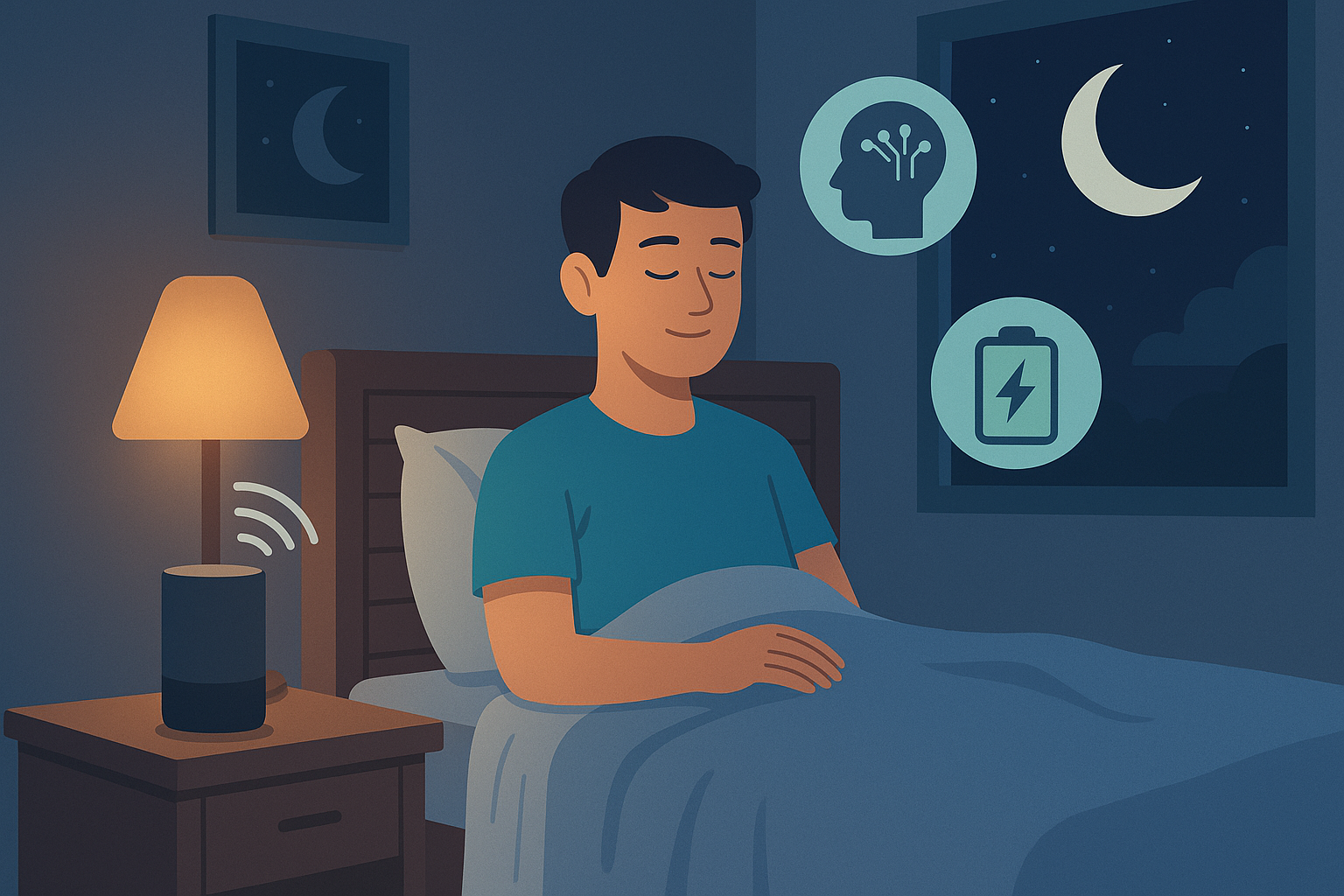The Digital Mindfulness world moves faster than we do.
Notifications, messages, and infinite feeds have become the background noise of modern life.
We live online — but rarely pause to breathe there.
For most people, calm and connection have become opposites.
But artificial intelligence is changing that.
Through digital mindfulness, AI helps transform the way we experience technology — not as a source of stress, but as a space for awareness, intention, and calm focus.
It’s not about disconnecting; it’s about reconnecting consciously.

What Is Digital Mindfulness?
Digital mindfulness is the practice of using technology with awareness.
It means noticing how, when, and why we interact with digital tools — and letting AI help us manage those interactions intelligently.
Instead of relying on willpower to unplug, AI can build balance automatically: regulating notifications, reducing digital clutter, and even analyzing your emotional patterns online.
This is mindfulness amplified by machine learning — a partnership between presence and precision.
How AI Enhances Mindful Technology Use
AI doesn’t just automate; it observes.
It recognizes behavioral patterns that humans overlook — when you scroll too long, when multitasking peaks, or when cognitive fatigue begins to set in.
By combining this data with context, AI can adapt your environment for mental clarity.
Example:
- Reclaim AI identifies overload patterns in your schedule and automatically creates space for mental rest.
- Mindsera detects negative tone in your digital journal and suggests reflective prompts instead of task reminders.
- Notion AI organizes cluttered data, allowing your workspace to reflect calm instead of chaos.
This is the foundation of digital mindfulness — awareness built into the system, not added on top of it.
| Behavior | AI Response | Benefit | Tool Example |
|---|---|---|---|
| Excessive screen time | Suggests break or breathing pause | Restores balance | Mindsera |
| Overloaded schedule | Auto-restructures calendar | Reduces mental fatigue | Reclaim AI |
| Digital clutter | Summarizes and simplifies content | Lowers cognitive load | Notion AI |
| Emotional drift | Reflective journaling | Increases awareness | Mindsera |
Through these interventions, AI teaches the mind how to stay present — even in a hyperconnected environment.
The Psychology of Calm
The brain’s default state isn’t chaos — it’s rhythm.
When overstimulated by digital input, the nervous system reacts as if under constant threat.
This keeps the mind in sympathetic mode, producing stress hormones like cortisol and adrenaline.
Mindfulness — and by extension, digital mindfulness — activates the parasympathetic system, the body’s natural rest mode.
AI’s role is to support this shift by controlling external stimuli: managing brightness, audio, task load, and timing to maintain equilibrium.
Example:
An AI-enabled workspace detects that your focus drops after 40 minutes.
It dims the screen, plays ambient sound, and suggests a breathing session before resuming work.
Instead of pushing productivity, it restores calm — and paradoxically, makes performance more sustainable.
From Control to Harmony
Digital mindfulness is not about strict rules or limits.
It’s about alignment — letting technology operate in tune with human emotion and rhythm.
AI excels at identifying that rhythm.
By analyzing biofeedback (like heart rate or typing cadence), it learns your cognitive and emotional cycles.
When tension rises, it slows the flow of digital input; when energy peaks, it reopens tasks and messages.
This is what cognitive ergonomics looks like — technology that breathes with you.
Example: A Day of Digital Mindfulness with AI
Morning:
You start your day and Reclaim AI delays low-priority notifications until after your first focus block.
Midday:
As your pace accelerates, Mindsera prompts a reflective question:
“Is what you’re doing now aligned with what you planned?”
You take a two-minute pause to reset.
Afternoon:
Motion AI senses task overload and reorders your schedule to include short mindful breaks.
Evening:
Notion AI summarizes your digital activity, visualizing how much of it contributed to meaningful progress versus distraction.
This flow represents digital mindfulness in action — technology that collaborates with your biology to create balance, not resistance.
The Emotional Dimension of Digital Mindfulness
Mindfulness isn’t only cognitive — it’s emotional.
AI can now read tone, sentiment, and micro-patterns in text or voice, giving feedback on your emotional well-being.
For instance, Mindsera’s sentiment tracker can detect emotional intensity in journal entries, helping users identify underlying stress triggers.
Over time, this feedback cultivates emotional awareness — the foundation of calm.
AI doesn’t replace intuition; it strengthens it through reflection.
Table: Layers of AI-Driven Digital Mindfulness
| Layer | Function | AI Role | Outcome |
|---|---|---|---|
| Cognitive | Manage attention | Monitor workload | Sustained focus |
| Emotional | Reflect mood shifts | Sentiment analysis | Emotional clarity |
| Behavioral | Limit overstimulation | Smart notifications | Reduced stress |
| Environmental | Shape context | Adaptive workspace | Calm surroundings |
This integrated approach turns mindfulness into a system — one that operates quietly in the background, keeping your mind in equilibrium while you engage online.
The Future of Digital Calm
In the next decade, digital mindfulness will become a built-in feature of operating systems, browsers, and even smart environments.
Imagine an AI layer that tracks your attention cycles and adjusts your digital world automatically:
- Fewer notifications during deep work.
- Calmer visual tones during high stress.
- Real-time voice analysis to detect emotional strain.
Your workspace, devices, and even smart home will learn to adapt to your mental state — shifting from reactive to restorative.
When that happens, technology will no longer demand your attention.
It will deserve it.
Conclusion
True calm isn’t found in silence — it’s found in rhythm.
AI gives us the tools to rediscover that rhythm in our digital lives, turning noise into awareness and distraction into flow.
Digital mindfulness is not about escaping the internet.
It’s about learning how to inhabit it with presence and grace.
Through intelligent systems, the digital world can finally feel less like a storm — and more like a breath.
Further Reading & Related Insights
Internal link:
- The Art of Digital Balance in a Hyperconnected World — Learn how intentional design and AI can restore harmony between focus and technology.
External links:
Blog
This section provides an overview of the blog, showcasing a variety of articles, insights, and resources to inform and inspire readers.
-

AI Habit Tracking and the New Rhythm of Modern Self-Improvement
AI Habit Tracking. Progress used to depend on discipline. Now, it depends on data.…
-

AI Decision Making and the New Discipline of Intentional Living
AI Decision Making. Every “yes” has a cost. Every time you agree to something…
-

The Perfect AI Night Routine to Sleep Better and Think Smarter
AI Night Routine. Your morning doesn’t begin when you wake up — it begins…
